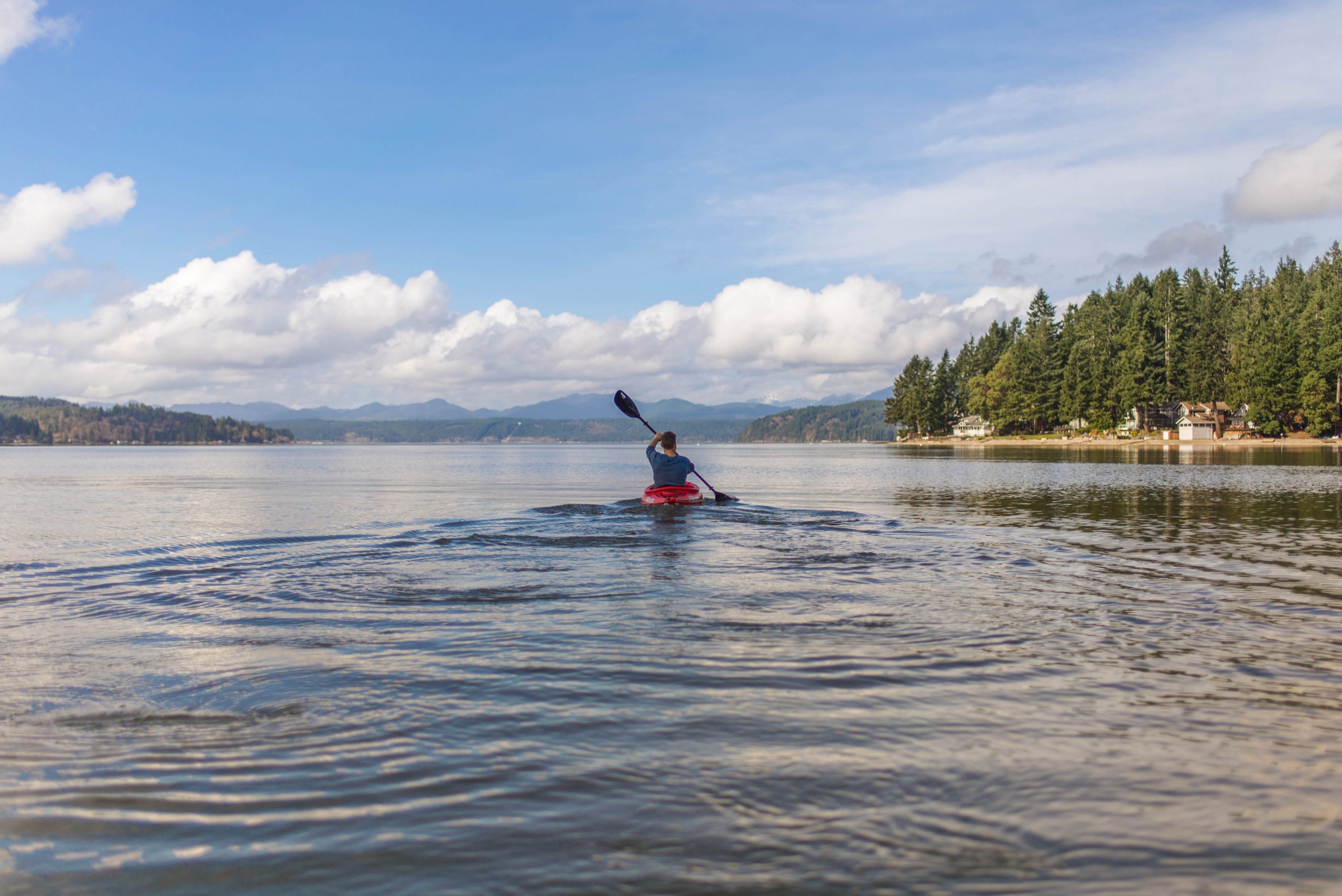Can you get seasick on a kayak? If that’s what you’re searching an answer for this article is for you. We will also bring you some tips later on in the article.
No matter how calm the waves might be, kayaking can still make you seasick if you’re not used to it. Motion sickness is a common problem for people who are new to kayaking, but there are some things you can do to help reduce its effects. In this article, we’ll share some tips for avoiding seasickness while kayaking, as well as some remedies if you do start feeling ill. Read on to learn more!
Kayaking is a great way to enjoy the water without having to get your feet wet. However, even on the calmest days, kayaking can still make you a little seasick if you’re not used to it. Motion sickness is a common problem for beginners, but with
Can You Get Seasick on a Kayak?
Yes, seasickness can occur in a kayak. However it’s not very common even if the person easily gets seasick on a cruise.
How Do You Prevent Seasickness on a Kayak?
There are a few things you can do to minimize the risk of getting seasick while kayaking:
- Paddle in calm waters. If possible, try to paddle in areas with little to no wave action. This will help your body get used to the rocking motion of the kayak and reduce the chance of feeling nauseous.
- Don’t paddle for too long. Start with shorter paddling sessions and work your way up to longer ones. Paddling for hours at a time can increase the risk of feeling sick.
- Take breaks often. If you start to feel queasy, take a break! Get out of the kayak and sit on the shore for a few minutes. This will help your body relax and hopefully reduce the symptoms of seasickness.
- Try ginger! Some people find that taking ginger supplements or eating ginger candy can help relieve nausea. It’s worth a try if you’re feeling particularly queasy.
- Drink plenty of fluids. Dehydration can make nausea worse, so be sure to drink plenty of water or sports drinks.
- Eat light meals. Heavy meals can make nausea worse, so stick to light snacks or sandwiches.
- Avoid fatty foods. Fatty foods can also make nausea worse, so it’s best to avoid them if possible.
- Get some fresh air. Fresh air can help relieve nausea, so try to paddle in an open area away from trees or other objects that might block the breeze.
- Rest as much as possible. Once you’re feeling better, take it easy for the rest of the day. Avoid kayaking or any other strenuous activities until you’re feeling 100%.
With these tips in mind, you should be able to enjoy your kayaking experience without getting seasick. However, if you do start to feel ill, be sure to take a break and rest until the symptoms go away.
Why Do You Get Seasick on a Kayak?
There are a few possible explanations for why you might get seasick while kayaking, even if you don’t normally experience motion sickness. It could be that the rocking motion of the kayak is different than what your body is used to, or it could be that being out on the water makes you feel dizzy or nauseous. Whatever the reason, there are some things you can do to help reduce the symptoms of seasickness, read about those above.
4 Reasons You Get Seasick on a Kayak
- The rocking motion of the kayak can be different than what your body is used to.
- Being out on the water can make you feel dizzy or nauseous. This is often only the case when on big waters though.
- You may not be used to being in a small space.
- The weather conditions may be perfect for seasickness (hot, humid, and calm).
Can I Kayak if I Get Seasick Easily?
Yes, you can still kayak even if you get seasick easily. Just be sure to take some precautions, like paddling in calm waters and taking breaks often. If you do start to feel sick, don’t worry! There are some things you can do to help relieve the symptoms of motion sickness.
What Happens When You Get Seasick on a Kayak?
Getting seasick on a kayak means motion sickness, or in other words – the brain can’t make sense of the information sent from your eyes. Here’s an accurate represantion of getting seasick while kayaking;
What to Do When Getting Seasick on a Kayak?
The best thing to do when getting seasick on a kayak is just to stop for a while and wait for the symptoms go away. If you keep on paddling it might make you steer in the wrong direction or potentially even tip over!
Can You Get Seasick on a Kayak?
Getting seasick on a kayak is not very common, but it does occur. This usually only happens when sea kayaking though, as those waters are the opposite of calm.
Conclusion
If you’re easily seasick on big boats like cruises, it might not be the same when it comes to kayaking. If you’re concerned about getting motion sickness when paddling – don’t be! Typically kayaking isn’t something that brings out motion sickness, even for the most sensitive people (it’s one of the reasons kayaking is so popular).
If it does affect you when kayaking however, follow the tips above and you’ll be even better off.

I’m well versed in the outdoor field, with over 20 years of experience. I know want to start answering the public’s questions, therefore I made this blog!

